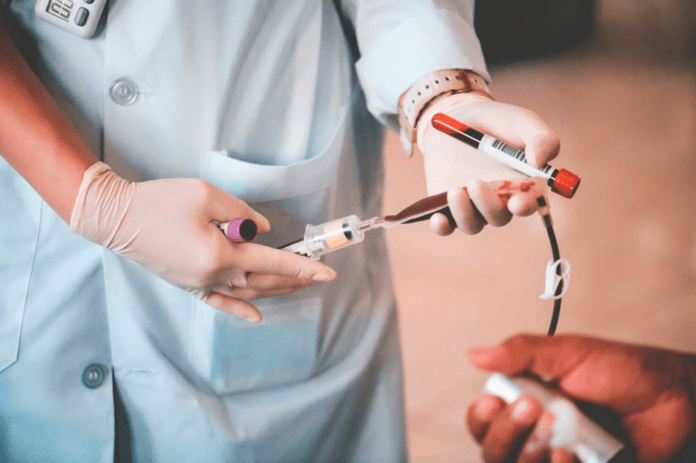Have you ever been curious about whether the person who draws your blood during routine tests would be a nurse or a doctor? If you did, you are not the only one who has wondered what a phlebotomist is; many others have the same question. The correct response is neither. Phlebotomists are medical experts that are trained in the process of drawing blood. Venipuncture is one of the tasks that a phlebotomist is responsible for, whether it be for laboratory testing, transfusions, or blood donation. Phlebotomists who have completed their training and certification programs often find employment in medical facilities, diagnostic laboratories, or phlebotomy services that are available on demand. Here we will be discussing what is phlebotomy and the other factors involved.
What is phlebotomy, and what do phlebotomists do?
When we take a look at the word phlebotomy in its purest form, we see that it involves cutting into a vein. Phlebotomists, who are also often known as phlebotomy technicians, are employed in medical laboratories and even occasionally in independent offices or ambulatory care units. Phlebotomists are tasked with the responsibility of collecting blood samples in a laboratory setting so that those samples can be studied to either monitor or diagnose chronic health issues. There are situations when blood samples are indeed required for donation and research.
1. The purpose of doing phlebotomy
The collection of blood for diagnostic purposes is the most typical use of the phlebotomy procedure. In addition to its use for blood transfusions and apheresis, the method could potentially be put to use in experimental settings. Phlebotomy requires strict adherence to protocols before, during, and after the procedure.
2. Trained specialists
Phlebotomy, like any other therapeutic operation, has with it the potential for a variety of hazards and problems if it is not performed with the utmost care. This is due, in large part, to the fact that you are not only puncturing the patient’s skin but also their vein. This kind of operation is referred to as “invasive.” Learning what is phlebotomy in detail and how to reduce the danger of infection for both you and your patient is an essential element of the role, as it already knows how to alleviate your patient’s discomfort, suffering, or distress to the greatest extent possible.
3. Possible risks and side effects
There are not many dangers. Even though you might find the process to be unpleasant, you ought to be OK not long after it’s over. If the sight of blood makes you queasy or if you have a phobia of needles, you can feel sick to your stomach throughout the procedure. It’s nothing to be ashamed of; this happens a lot. You could experience something that’s known as a vasovagal reflex. This physiological reaction from your nervous system may cause you to feel lightheaded, break out in a sweat, and experience a dip in either your heart rate or blood pressure. You could perhaps faint.
4. Sample collection
The actual process of phlebotomy starts with gathering and putting together all of the necessary equipment. Following this step, the phlebotomist will review the patient’s medical history, meet with the patient, and then get them ready. The phlebotomy technician may need to advise the patient to stop taking specific prescriptions and also to schedule a follow-up appointment at a later time.
Conclusion
Phlebotomists are required to have strong communication skills as well as attentive listening abilities. By now, you must know what is a phlebotomy and why it is important. The ability to pay attention to and accommodate the needs and interests of the patient may be what makes the difference between such a visiting patient that is stress-free and one who is unpleasant. Phlebotomists of today are expected to be proficient in the use of computers as well as other forms of high-tech laboratory apparatus.









